We Restore Your Comfort & Peace of Mind
Our restoration specialists lead you through this stressful situation with compassion and integrity. Not only will we work with you to determine the right solution for your space, but then we work with efficiency to get the job done quickly and correctly. We are confident you will be satisfied with our around the clock, 5-star services. Contact our trained and certified team of experts in Frederick today.
Ready to get the restoration services you deserve? Reach out to ServiceMaster Restoration of Frederick & Washington Counties today to learn more.
Serving Montgomery, Frederick, Howard, Prince George’s, & Washington Counties
Our facility is centrally located in the Washington DC metropolitan area and we provide residential disaster restoration and commercial disaster restoration services for all of Washington DC Metropolitan areas.
Our services include restoring buildings, homes and personal property following disasters such as floods, earthquakes or fire. Restoration services include post-disaster emergency pre-cleaning, smoke and soot removal, odor removal, and water damage restoration and severity control, among others.
Additionally, we offer residential cleaning service and commercial cleaning service such as carpet cleaning and hard surface floor maintenance for hardwood, concrete, tile, grout, marble, and vinyl flooring.

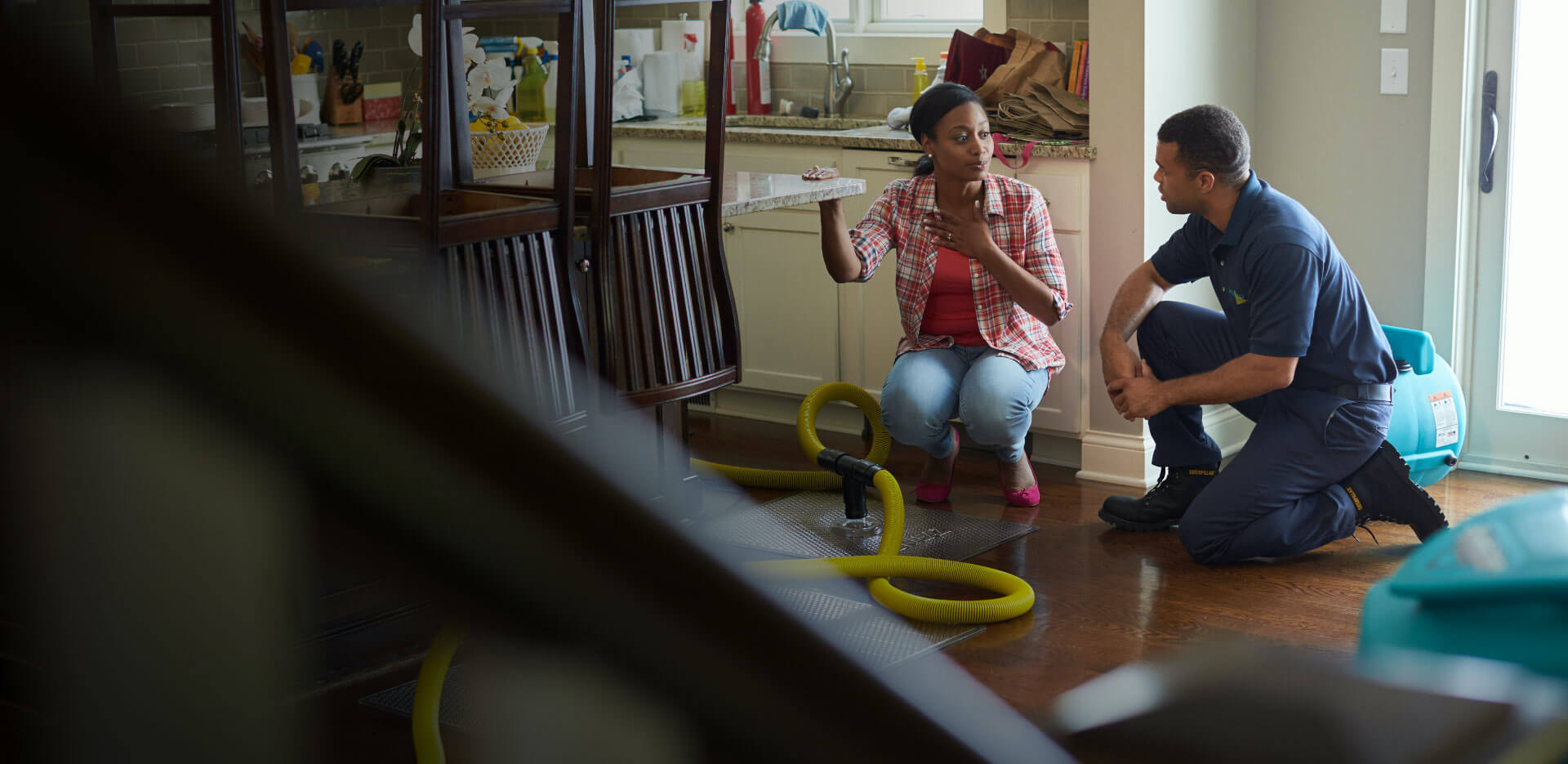
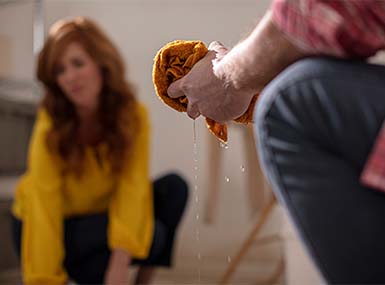
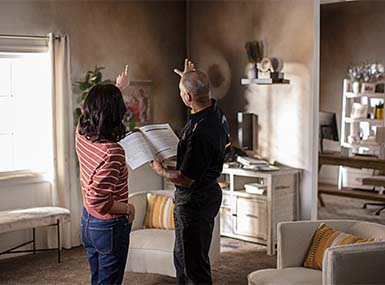


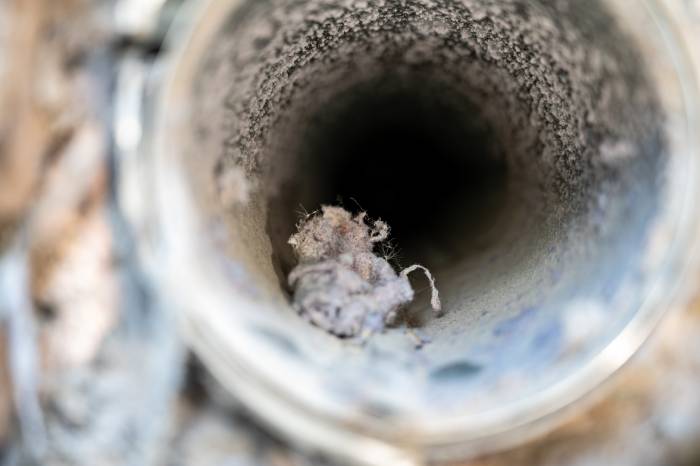

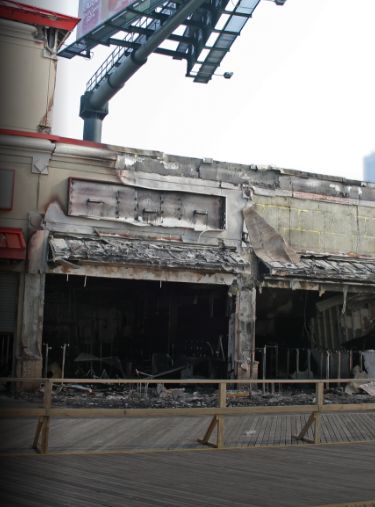

.2008251600256.jpg)
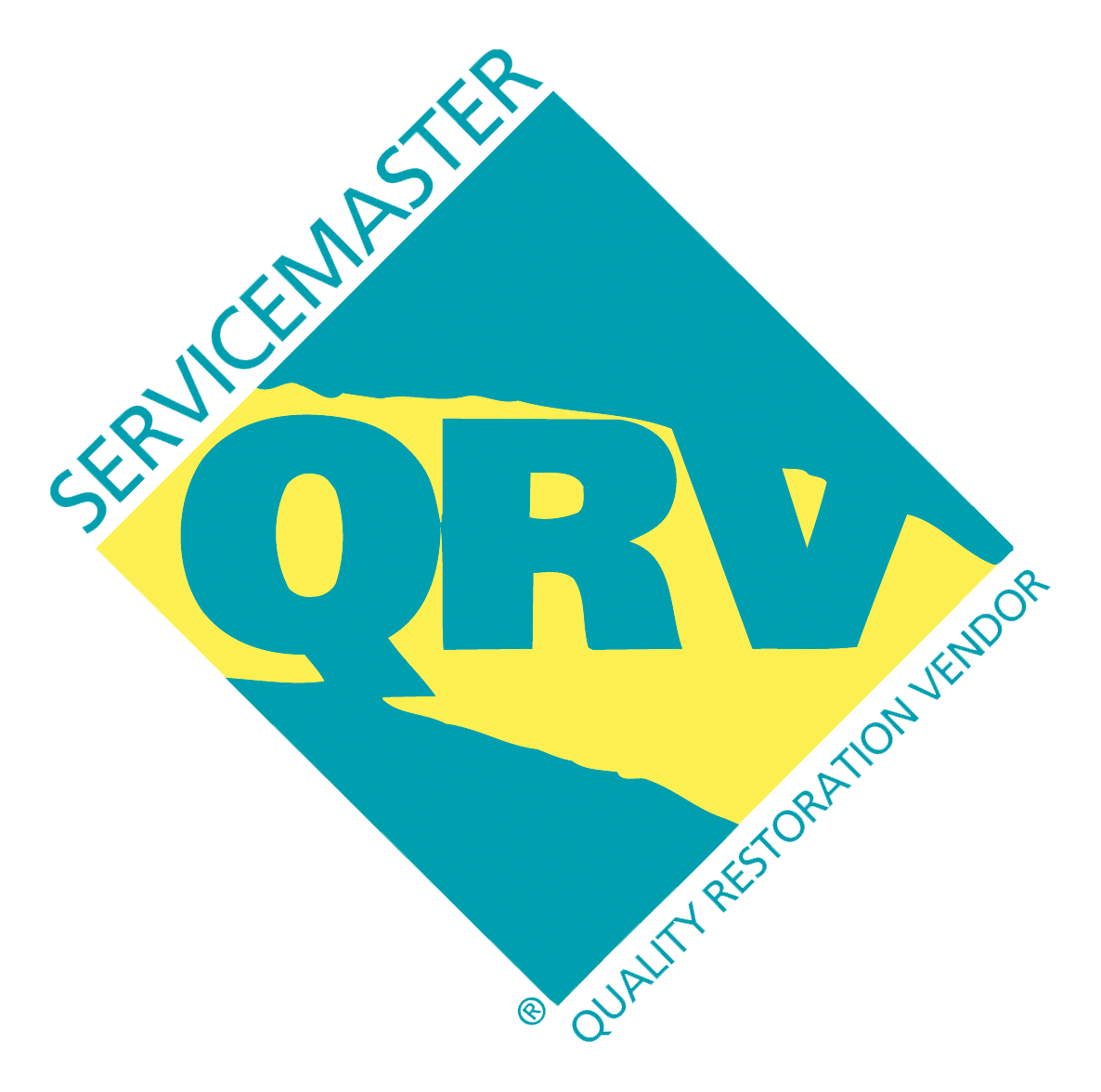
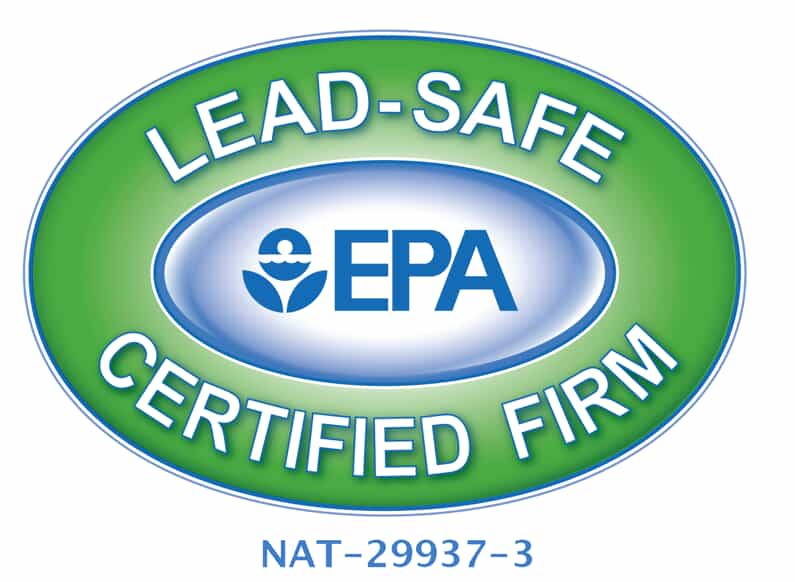
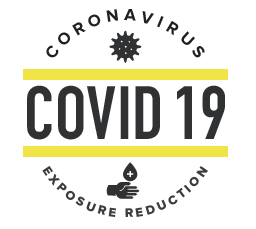
.2008251600255.png)
.2008251600259.jpg)
.2008251600265.png)
.2008251600279.png)
